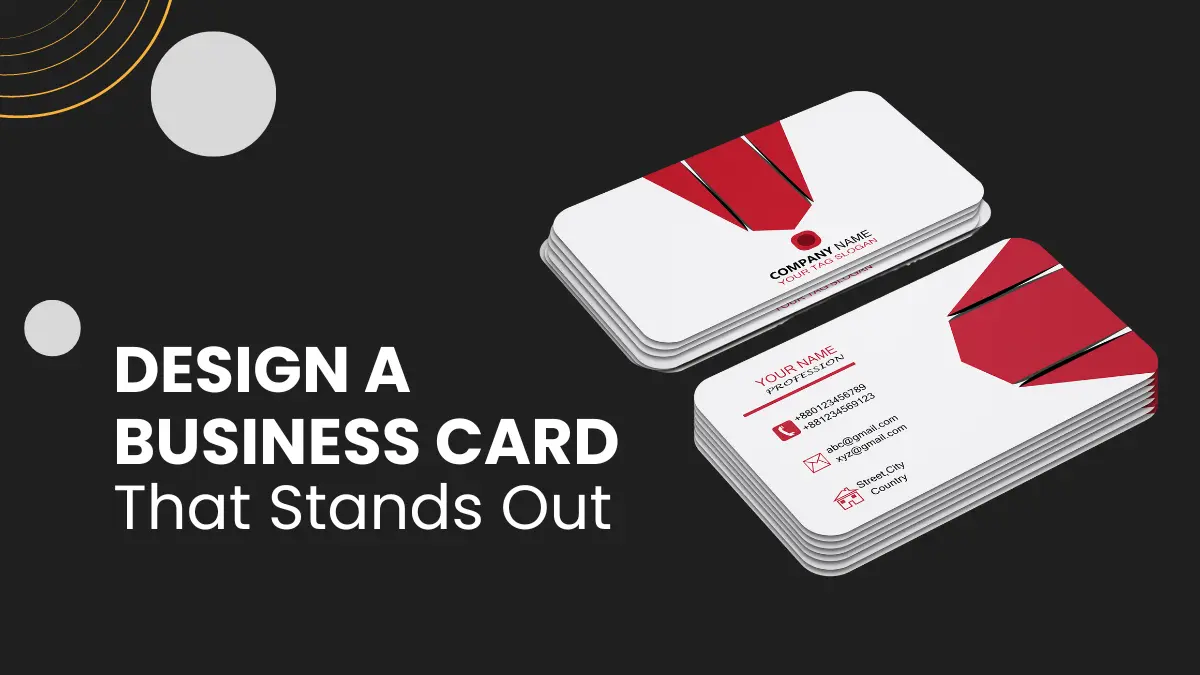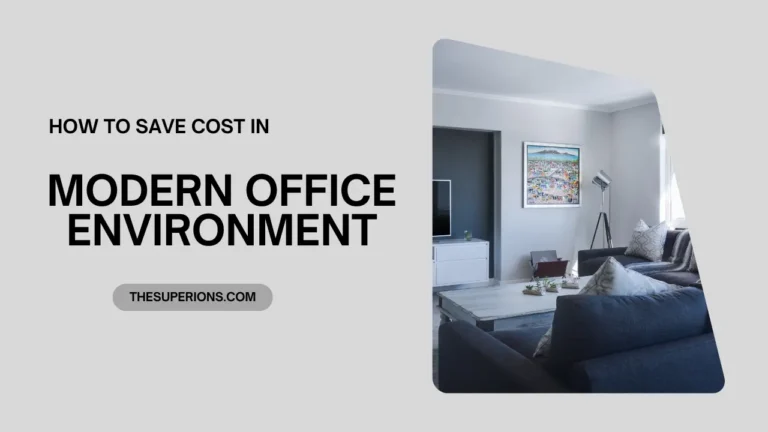How To Make Your Business Card Stand Out in a Crowd?

In the professional world, a business card is more than just a piece of paper; it’s a crucial tool for making lasting impressions. With countless cards passed around daily, the challenge lies in creating a card that not only provides contact information but also captures the essence of your brand and sticks in the memory of your prospects. To ensure your card doesn’t end up forgotten in a desk drawer, it’s vital to give attention to its design, quality, and the message it conveys. In this article, we delve into ways to craft a business card that stands out in a crowd.
People Also Read?
Why Do You Need an Event Planner for Your Next Corporate Event?
Crafting a Unique Business Card Design to Stand Out
To create a standout business card, consider using unique shapes and sizes that break away from the traditional rectangle. This approach can set your card apart, but it’s important to maintain a professional design that aligns with your industry and brand.
Choosing the right colors and typography is crucial. A well-matched color scheme and a clear, distinctive font can make your card eye-catching yet readable. Incorporating business card stickers adds a memorable, interactive touch that ensures your card won’t be easily forgotten.
People Also Read?
The Impact of High-Quality Materials on Business Card Perception
The tactile experience of a business card significantly influences perception. High-quality materials, such as heavy cardstock, suggest professionalism and attention to detail. Special finishes like matte, gloss, or textured coatings can enhance the experience and convey sophistication. The finish should align with the overall design and brand message.
Eco-conscious professionals may choose recycled or sustainable paper options. Innovations in materials like metal, wood, and plastic offer durability and a unique touch. The choice of materials also communicates the brand’s values and characteristics, so choose wisely.
Innovative Printing Techniques to Elevate Your Business Card
Innovation in printing can enhance memorability by using techniques like letterpress, embossing, and foil stamping to create luxurious, visually appealing cards. Die-cutting allows for custom shapes and intricate designs, making your business instantly recognizable. UV spot coating adds texture and visual appeal by highlighting important elements like your logo or company name.
The latest in printing technology, such as three-dimensional printing and augmented reality features, can transform a simple business card into an interactive showcase of your brand’s capabilities and creativity. These techniques can make your business cards more memorable and visually appealing.
People Also Read?
Boosting Marketing Outcomes Through Strategic People Management
Integrating Brand Identity into Your Business Card Effectively
A business card is a crucial part of your brand identity, showcasing your company’s image and values. It should be well-designed, featuring your logo, and incorporating color scheme and typography that reflect your brand’s aesthetics. Consistency across all platforms helps reinforce brand recognition.
A tagline or mission statement can also communicate your brand’s essence, setting you apart from competitors. The tone of voice used on the card should match your branding, whether professional or approachable. The choice and style of your word choice and style can significantly impact your brand’s image and appeal.
Leveraging the Power of Networking with Memorable Business Cards
At networking events, your business card is often your first introduction to potential clients and partners. A memorable card should serve as a conversation starter, providing a snippet of your brand story that invites further discussion. A well-crafted business card can also facilitate follow-up. Include direct ways to get in touch, such as a phone number or email, but also consider modern additives like QR codes that link to your online portfolio or LinkedIn profile, making connectivity just a scan away.
Creative extras, like a calendar on the reverse or a list of useful industry tips, can give recipients a reason to refer back to your card regularly. This functionality transforms it from a mere introduction tool to a resource that maintains your presence even after the meeting. Your business cards should also encourage sharing. If you leave a positive impression, the recipient is more likely to pass your card on to others, multiplying your reach. This word-of-mouth endorsement is invaluable, as a recommendation comes with built-in trust.
Overall, a business card’s design, material, and message are integral to making a lasting impression. A thoughtful approach to each element, reflecting your brand’s unique story and identity, will ensure your card captures attention and remains in the wallets and minds of those who receive it.






